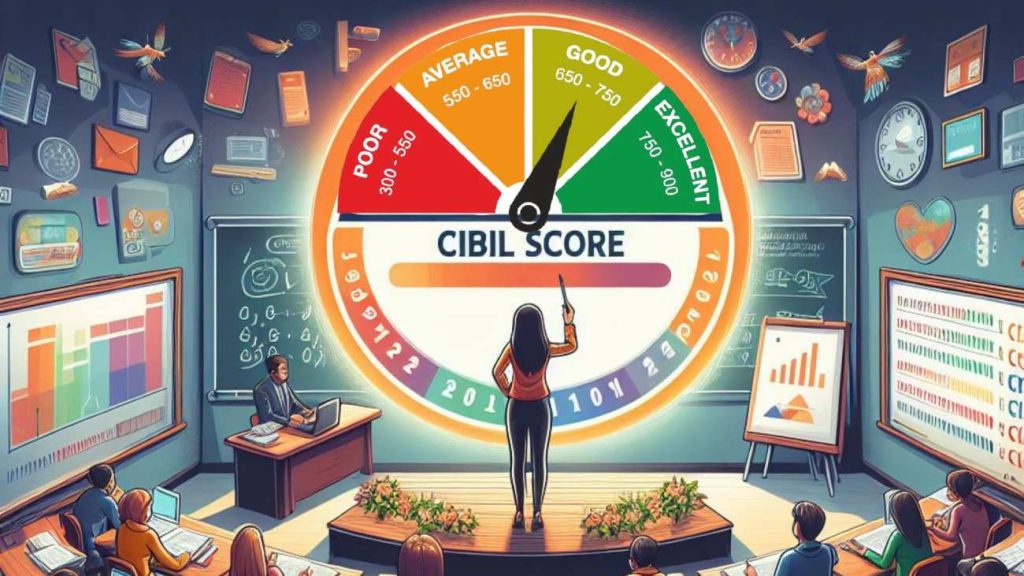1. Introduction: Understanding Business Lines of Credit 101

Navigating Lines of Credit: Comprehensive Guide to Applying and Managing
As a business owner, understanding the different financing options available to you is essential for the growth and success of your business. One popular option that many entrepreneurs utilize is a business line of credit. In this comprehensive guide, we will delve into the fundamentals of business lines of credit, explore the key differences between lines of credit and traditional loans, and highlight the benefits and potential risks associated with this financing tool. By the end of this blog post, you will have a clear understanding of how to effectively apply for, manage, and maximize your business line of credit.
2. Exploring the Basics of Business Lines of Credit:
2.1 Types of Business Lines of Credit:
2.1.1Revolving Lines of Credit:
Revolving lines of credit, also known as revolving credit facilities, are a flexible financing option that provides businesses with access to a predetermined credit limit, which can be used multiple times as long as the business remains within the credit limit. With revolving lines of credit, businesses can withdraw funds, repay them, and redraw funds as needed, making it a popular choice for businesses with fluctuating cash flow.
Some advantages of revolving lines of credit include immediate access to funds, the ability to borrow only the amount needed, and the potential for lower interest rates compared to other financing options. However, it’s important to note that revolving lines of credit can also come with higher interest rates, fees, and penalties for late payments or exceeding credit limits.
To make the most of a revolving line of credit, it is essential to establish a line of credit management plan, avoid overborrowing, and plan for repayment and interest cost management.
2.1.2 Non-revolving Lines of Credit:
Non-revolving lines of credit, also known as closed-end credit facilities, are fixed-term loans that provide businesses with a lump sum of money to be repaid over a specific period. Unlike revolving lines of credit, once the funds are repaid, they cannot be borrowed again unless a new line of credit is established. Non-revolving lines of credit are typically used for specific purposes such as equipment purchases, inventory financing, or expansion projects.
The main features and characteristics of non-revolving lines of credit include fixed repayment schedules, fixed interest rates, and sometimes collateral requirements. They are more suitable for businesses with predictable funding needs and longer-term projects.
It’s crucial to carefully consider the specific requirements and limitations of non-revolving lines of credit to determine if they align with your business’s needs.
2.2 Business Loan Eligibility Criteria and Qualifications:
2.2.1 Creditworthiness and Credit Scores:
Before applying for a business line of credit, it is important to assess your business’s creditworthiness. Lenders typically rely on credit scores to evaluate the creditworthiness of a business. Your business’s credit score is influenced by factors such as payment history, credit utilization, length of credit history, and public records.
To assess your creditworthiness, you can obtain a credit report from credit reporting agencies and review it for any errors or discrepancies. Taking steps to maintain and improve your business’s credit score, such as paying bills on time and keeping credit utilization low, can significantly enhance your chances of qualifying for a business line of credit.

2.2.2 Financial Documentation and Requirements:
Lenders require certain financial documents to evaluate the financial health and stability of your business. These documents typically include bank statements, balance sheets, income statements, tax returns, and financial projections.
To ensure a smooth application process, it is important to prepare these financial statements and tax returns in advance. Additionally, demonstrating your business’s cash flow and the availability of collateral can further strengthen your application.
3. Applying for a Business Line of Credit:
3.1 Identifying the Right Lender and Product:
3.1.1 Researching Different Lenders:
When applying for a business line of credit, it is essential to research and compare different lenders to find the one that aligns with your business’s needs. Traditional banks and online lenders offer varying rates, terms, and requirements, so evaluating their reputation, rates, and terms is crucial.
Understanding various line of credit products, such as secured vs. unsecured lines of credit, can help you determine which product suits your business the best. Additionally, finding the right credit limit and interest rate requires careful consideration.

3.1.2 The Application Process:
1. Organizing Required Documentation:
To streamline the application process, it is important to organize the required documentation in advance. This includes preparing financial statements, tax returns, and any additional documents specific to the lender’s requirements.
Letters of reference or recommendations from suppliers, customers, or other trusted individuals can also add credibility to your application.
2. Filling out and Submitting the Application:
Completing a line of credit application requires attention to detail. Following a step-by-step guide can simplify the process and minimize errors. It is essential to avoid common mistakes, such as providing inaccurate information or failing to include all required documentation.
After submitting your application, it is important to be patient as the lender reviews your application. In the meantime, prepare for potential follow-up questions or requests for additional information.
3. Managing and Maximizing Your Business Line of Credit:
A. Responsible Use and Borrowing Strategies:
1. Establishing a Line of Credit Management Plan:
Carefully assessing your business’s capital needs and avoiding overborrowing are essential steps in creating a line of credit management plan. This plan should also factor in repayment and interest cost management to ensure responsible use and minimize financial strain.
2. Utilizing a Line of Credit for Different Financial Situations:
Business lines of credit are versatile financing tools that can be utilized for various financial situations. Whether your business is facing seasonal fluctuations, pursuing growth opportunities, or requires emergency funding, a line of credit can provide the necessary funds.
B. Building and Maintaining a Positive Credit and Relationship:
1. Timely Repayment and Responsible Financial Behavior:
Consistent repayment and balanced credit utilization significantly impact your business’s credit score. Setting up automatic payments and tracking expenditures can help you stay on top of your line of credit obligations and maintain a healthy credit score.
2. Communication and Ongoing Relationship Management:
Regular communication with lenders and relationship managers is crucial for maintaining a positive relationship. Proactively addressing any issues, negotiating credit limit increases, and seeking professional advice when needed can contribute to a successful partnership with your lender.
Conclusion:

In conclusion, understanding business lines of credit is essential for entrepreneurs seeking flexible financing options. By grasping the fundamentals, eligibility criteria, and application process, you can confidently navigate the world of business credit and make informed decisions. Remember to manage your line of credit responsibly, utilize it for various financial situations, and build a positive credit history. Utilize this comprehensive guide as your roadmap to a successful business line of credit utilization.
Frequently Asked Questions (FAQs):
1. What is the difference between a business line of credit and a business loan?
A business line of credit provides businesses with a predetermined credit limit that can be used multiple times, while a business loan provides a lump sum of money to be repaid over a specific period.
2. Can a startup business qualify for a line of credit?
Start-up businesses may face challenges in qualifying for a line of credit due to a lack of credit history. However, there are alternative financing options available for start-ups, such as microloans or crowdfunding.
3. How does a line of credit impact my business’s credit score?
Responsible use and timely repayment of a line of credit can positively impact your business’s credit score. Conversely, late payments or defaulting on payments can negatively affect your credit score.
4. What are some common mistakes to avoid when applying for a line of credit?
Some common mistakes to avoid include providing inaccurate information, failing to include all required documentation, and not carefully reviewing the terms and conditions of the line of credit.
5. How can I determine the right credit limit and interest rate for my business?
Determining the right credit limit and interest rate depends on your business’s financial needs and creditworthiness. Researching different lenders and comparing their rates and terms can help you make an informed decision.
6. Is it possible to have multiple lines of credit open simultaneously?
Yes, it is possible to have multiple lines of credit open simultaneously. However, it is important to manage them responsibly and avoid overextending your business’s credit.
7. What happens if I default on my line of credit payments?
Defaulting on line of credit payments can result in negative consequences, such as damage to your credit score, collection efforts, and potential legal actions by the lender.
8. Can I use a line of credit to cover personal expenses or invest in personal projects?
Business lines of credit should only be used for legitimate business expenses and investments. Mixing personal and business expenses can lead to potential complications and financial mismanagement.
9. How can I effectively monitor and track my business’s credit utilization?
Utilizing financial software, maintaining accurate records, and regularly reviewing your business’s financial statements can help you effectively monitor and track your credit utilization.
Summary:
Understanding and effectively utilizing business lines of credit is vital for businesses seeking flexible financing options. By exploring the basics of business lines of credit, understanding the application process, and implementing responsible borrowing strategies, you can leverage this financing tool to strengthen your business’s financial foundation. Remember to build and maintain a positive credit history, communicate with your lender, and utilize a line of credit for various financial situations. With this comprehensive and informative guide, you are well-equipped to navigate the world of business lines of credit and drive your business toward success.
